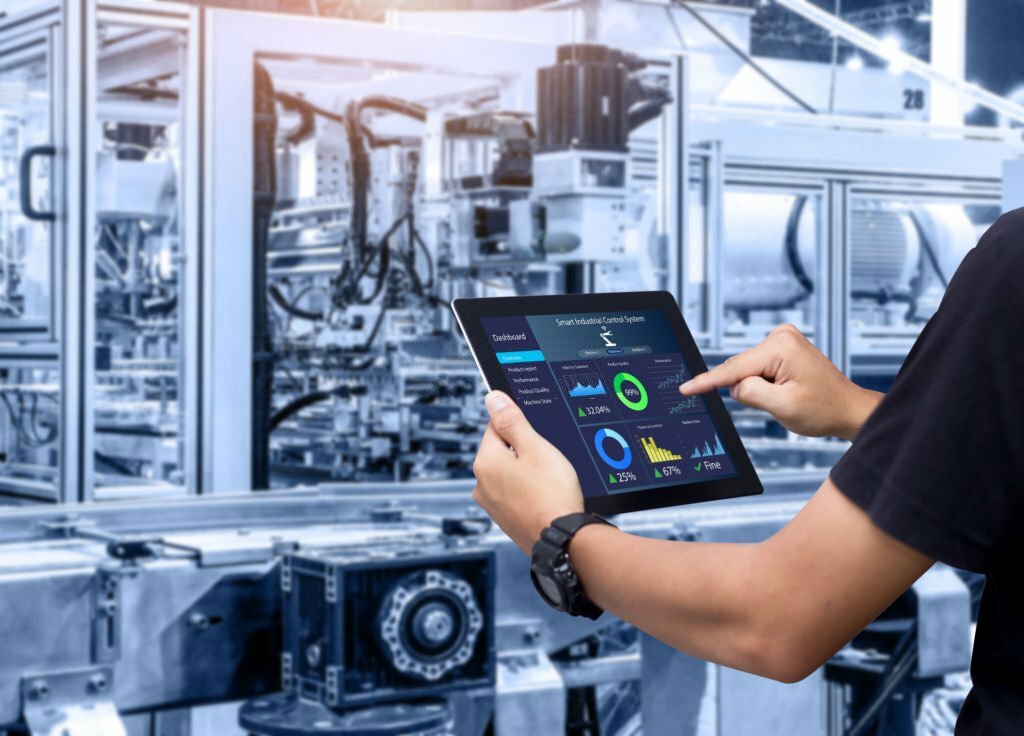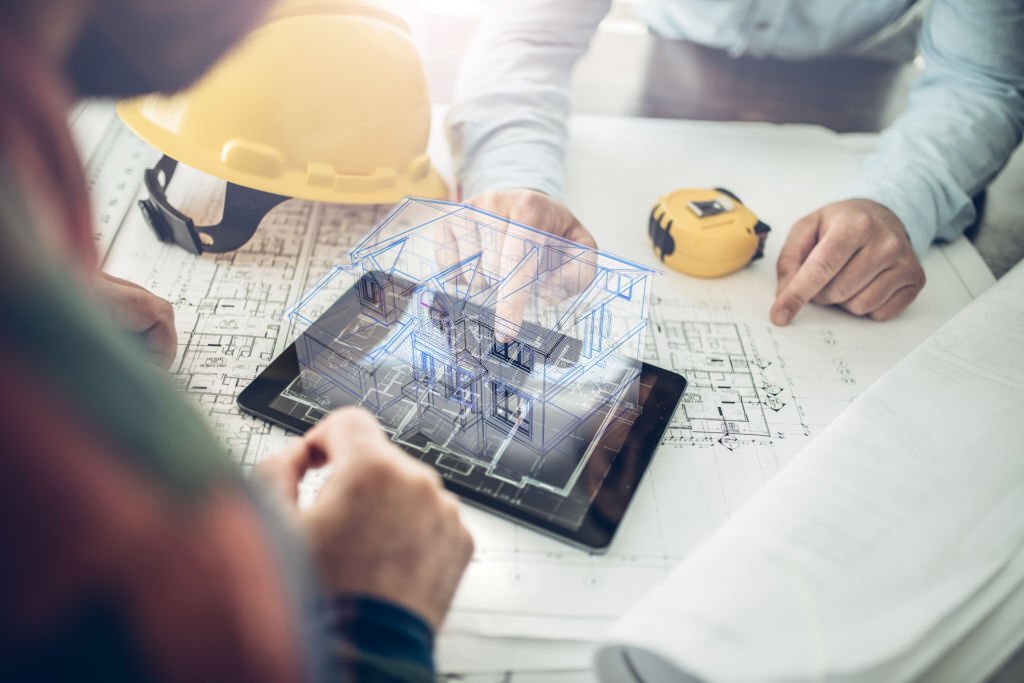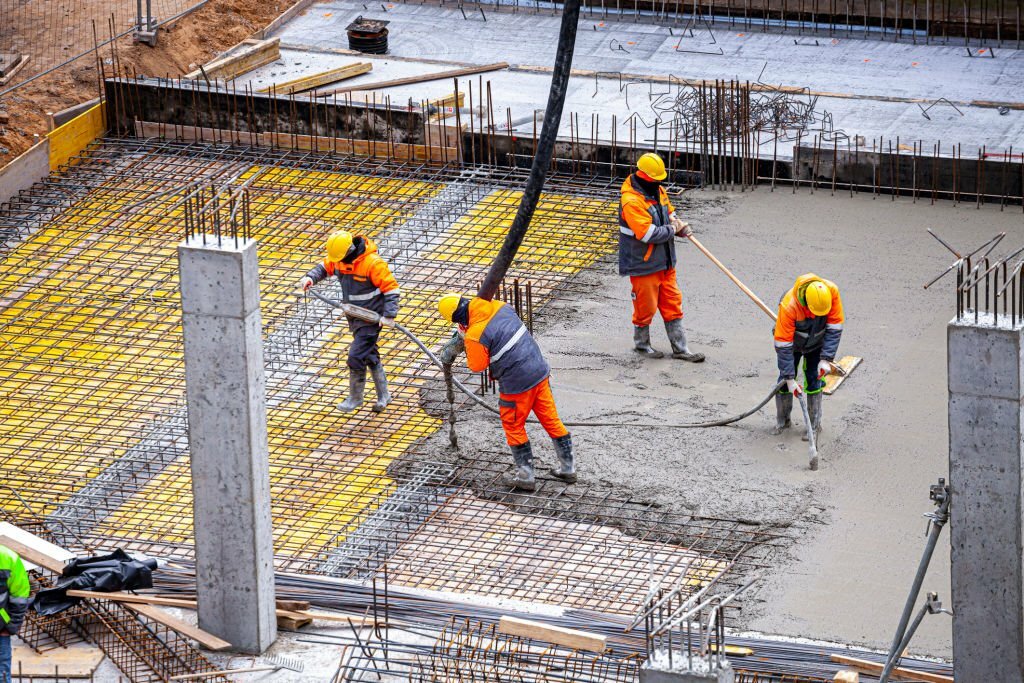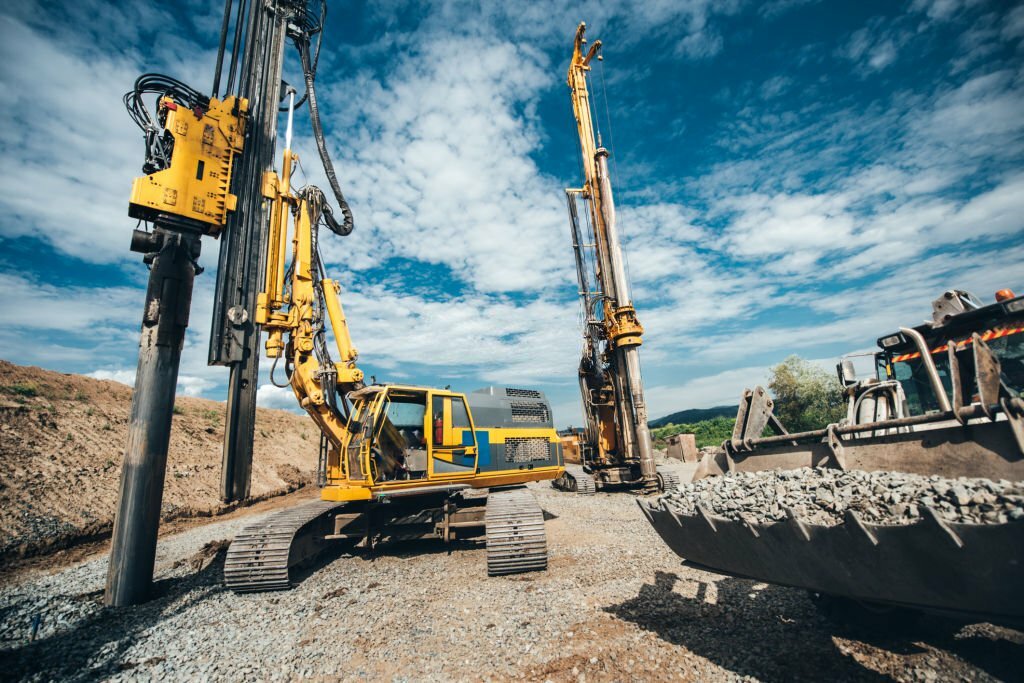The construction industry is currently in the midst of a profound metamorphosis, propelled by the swift progression of technology. Traditionally defined by conventional tools and machinery, construction equipment is now entering an era marked by unprecedented innovation. This paradigm shift encompasses a spectrum of advancements that extend far beyond the boundaries of conventional practices. Notably, the infusion of cutting-edge technology is fostering improvements in efficiency and sustainability, fundamentally altering the terrain of construction practices.

In this dynamic landscape, traditional methodologies are giving way to a host of innovative solutions designed to enhance the overall efficiency of construction processes. The integration of smart machinery, automation, and robotics is becoming increasingly prevalent, ushering in a new era where tasks are executed with unparalleled precision and speed. Simultaneously, the industry is witnessing a conscientious shift towards sustainable practices. The latest technologies are not merely about construction speed and precision; they are also about creating a more environmentally responsible sector.
This evolution is turning construction sites into hubs of technological marvels, where the fusion of traditional craftsmanship and modern innovation is shaping the future of the industry. As we traverse deeper into this exciting realm of technological breakthroughs, it becomes evident that the construction landscape is undergoing a revolutionary transformation, promising a future defined by efficiency, sustainability, and unparalleled innovation.
Smart Machinery and Robotics:

A pivotal revolution within the construction equipment domain is the seamless integration of smart machinery and robotics, marking a paradigm shift in the very fabric of construction sites. The contemporary construction landscape is adorned with a plethora of cutting-edge innovations, ranging from autonomous vehicles navigating with calculated precision to drones soaring through the skies, and robotic arms orchestrating intricate tasks with remarkable accuracy. These technological marvels transcend mere efficiency enhancements; they redefine the very essence of safety protocols in construction.
Autonomous vehicles, equipped with sophisticated sensors and intelligent algorithms, navigate construction sites with a level of precision hitherto unseen. Drones, acting as vigilant aerial sentinels, provide real-time data and surveillance, revolutionizing project oversight. Meanwhile, robotic arms undertake tasks deemed hazardous for human involvement, reducing the inherent risks associated with such endeavors. This integration not only accelerates project timelines and boosts overall efficiency but also represents a quantum leap in ensuring the safety of construction personnel.
As smart machinery and robotics continue to weave themselves into the fabric of construction, the industry is witnessing a transformative era where technological prowess converges with safety imperatives, fostering an environment where innovation not only reshapes efficiency standards but also establishes an unparalleled commitment to the well-being of those on the front lines of construction progress.
Automation for Efficiency:

The cornerstone of contemporary construction equipment technology lies in the pervasive integration of automation, reshaping the industry’s operational landscape with unparalleled efficiency. At the heart of this transformation are automated construction machines, meticulously crafted to navigate the intricacies of construction tasks with an unmatched blend of precision and swiftness. These marvels of engineering are not mere tools; they represent a paradigm shift, employing sensors and intelligent algorithms that elevate their capabilities to a realm of unprecedented accuracy and speed.
Automation, in this context, serves as a catalyst for streamlining processes across construction sites. Tasks that once demanded extensive human labor and time are now executed seamlessly by automated equipment, thereby accelerating project timelines to previously unimaginable extents. Moreover, the integration of automation isn’t solely about expediting construction; it’s a strategic maneuver aimed at optimizing resource allocation. By reducing dependency on manual labor, automated construction equipment inherently mitigates labor costs, presenting a compelling case for economic efficiency.
Augmented Reality (AR) in Construction:

The infusion of Augmented Reality (AR) into the construction industry marks a revolutionary stride in project planning and execution. This cutting-edge technology has seamlessly integrated itself into the construction landscape, reshaping the way projects unfold. AR applications have emerged as invaluable tools, empowering construction workers to visualize complex plans in real-time, overlaying intricate details onto the physical environment. This real-time visualization not only enhances comprehension but also expedites decision-making processes.
The impact of AR extends beyond individual tasks, fostering a collaborative environment among team members. By enabling stakeholders to share a common visual reference, AR enhances communication and collaboration, bridging gaps between diverse teams with varying expertise. This collaborative dimension leads to a more synchronized and harmonious construction process, minimizing the likelihood of misunderstandings and errors.
Moreover, the precision offered by AR significantly contributes to minimizing errors in project execution. Construction plans, when superimposed onto the actual site through AR, provide a level of accuracy that traditional methods struggle to match. This not only streamlines construction processes but also results in a more seamless and error-resistant workflow. As Augmented Reality continues to evolve within the construction sector, it not only transforms the way projects are visualized but also paves the way for a future where precision, collaboration, and efficiency are intrinsic elements of the construction ecosystem.
Internet of Things (IoT) Integration:

The transformative wave of the Internet of Things (IoT) has infiltrated construction sites, weaving a network that connects equipment and devices to a centralized system. This interconnected ecosystem has ushered in a new era of construction management characterized by real-time insights and data-driven decision-making. The seamless connectivity facilitated by IoT enables the continuous monitoring of equipment health, providing construction companies with a comprehensive understanding of the operational status of their machinery.
Real-time monitoring is not merely a convenience; it serves as the foundation for predictive maintenance strategies. With IoT, construction equipment can relay crucial data regarding its performance and potential issues, allowing for predictive analysis and preemptive maintenance interventions. This proactive approach not only extends the lifespan of machinery but also averts unexpected breakdowns, minimizing downtime and associated costs.
The power of IoT in construction is most evident in its ability to optimize overall operations. By harnessing the wealth of data generated by interconnected devices, construction companies can make informed decisions, fine-tune their processes, and enhance overall efficiency. The result is a streamlined and cost-effective construction environment where the preventive capabilities of IoT mitigate risks, ensuring a more resilient and responsive construction industry. As construction continues to evolve, the integration of IoT stands as a testament to the industry’s commitment to technological progress and operational excellence.
Sustainable Construction Solutions:

In response to the growing emphasis on sustainability across industries, construction equipment technology has emerged as a trailblazer, actively contributing to a greener and more eco-conscious future. A significant stride in this direction is the proliferation of innovations in sustainable construction equipment, notably the advent of hybrid and electric machinery. This shift represents a pivotal departure from conventional reliance on fossil fuels, ushering in a new era where construction sites are powered by cleaner, more environmentally friendly energy sources.
Beyond the realm of machinery, the commitment to sustainability extends to the very materials that form the backbone of construction projects. Engineers and researchers are actively involved in the development of construction materials with eco-friendliness at their core. These materials, designed with a reduced environmental footprint, contribute to a more sustainable construction industry. From recycled aggregates to bio-based composites, the spectrum of eco-friendly construction materials is diverse, catering to a range of projects and applications.
This concerted effort towards sustainable construction practices not only aligns with global environmental goals but also positions the construction industry as a proactive participant in mitigating its ecological impact. By embracing innovations in both machinery and materials, the construction sector is steering towards a future where projects are executed with a heightened consciousness of their environmental repercussions, marking a significant stride towards a more sustainable and responsible construction industry.
Advanced Material Technologies:

The realm of construction materials is currently experiencing a technological renaissance, marked by innovative advancements that promise to revolutionize the very fabric of structures. Among the notable breakthroughs is the advent of self-healing concrete, a marvel that possesses the ability to autonomously repair cracks and imperfections. Within the concrete matrix, microorganisms or capsules containing healing agents lie dormant until triggered by cracks. Once activated, these agents initiate a restorative process, enhancing the material’s structural integrity and ensuring a prolonged lifespan.
Simultaneously, high-performance composites have emerged as a formidable force in the construction material landscape. Crafted from a blend of advanced polymers, fibers, and reinforcing elements, these composites exhibit exceptional strength, durability, and resistance to environmental factors. The incorporation of such materials into construction projects not only elevates the overall quality of structures but also ensures longevity that surpasses conventional counterparts.
The significance of these technological innovations extends beyond immediate structural enhancements. The self-healing capabilities of concrete, coupled with the robust characteristics of high-performance composites, translate into substantial reductions in maintenance costs over time. Structures fortified with these materials require fewer repairs and interventions, leading to long-term financial savings for construction projects.
Conclusion:
The construction industry is experiencing a technological renaissance, with innovations in construction equipment technology reshaping how projects are planned and executed. From the integration of smart machinery and robotics to the implementation of IoT and sustainable solutions, these advancements are propelling the industry into a more efficient, safer, and environmentally conscious future. As we embrace these changes, the construction landscape is set to evolve, promising a new era of possibilities and achievements.

